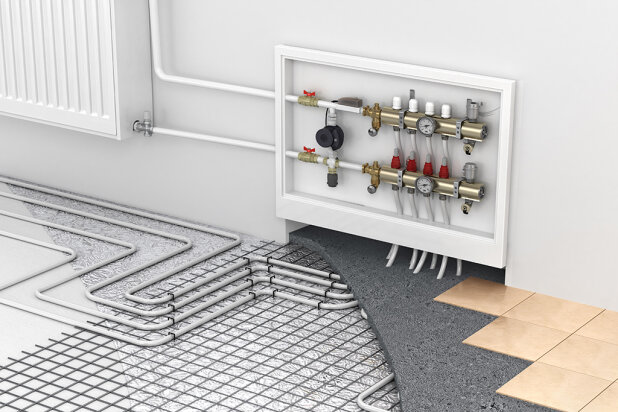Understanding and calculating heat loss in a home is an important step in ensuring energy efficiency and maintaining a comfortable living environment. Heat loss occurs when warmth inside the home escapes to the colder outside environment. Proper calculation of heat loss can help determine the right size and type of heating system needed, as well as identify areas where insulation or air sealing may be improved.
Calculating Heat Loss in a House
There are several key factors that influence the amount of heat lost from a home:
- Conduction: Heat will naturally flow from warmer to cooler areas through the building materials, like walls, floors, and windows. The rate of conductive heat loss depends on the thermal resistance (R-value) of the materials.
- Air Leakage: Uncontrolled air movement, or air infiltration, allows warm indoor air to escape and cold outdoor air to enter the home. Cracks, gaps, and poor insulation around windows, doors, and other penetrations contribute to air leakage.
- Ventilation: Exhaust fans, fireplaces, and other ventilation systems intentionally remove warm indoor air and bring in cooler outdoor air, resulting in heat loss.
- Solar Gain: The amount of heat gained through windows and other glazed areas can offset some heat loss, depending on the home’s orientation and design.
Calculating Heat Loss
To calculate the total heat loss for a home, you’ll need to consider all the factors listed above. Here is a general step-by-step process:
- Measure the Home’s Surface Areas: Determine the square footage of walls, windows, doors, ceilings, floors, and any other surfaces that separate the indoor and outdoor environments.
- Determine Material R-Values: Look up the insulation R-values for the various building materials used in the home’s construction.
- Calculate Conductive Heat Loss: For each surface area, use the formula:
Conductive Heat Loss = (Surface Area) × (Temperature Difference) / R-value - Estimate Air Leakage Heat Loss: Use a blower door test or other method to determine the home’s air leakage rate, then calculate the heat loss based on the air changes per hour.
- Account for Ventilation Heat Loss: Determine the airflow rates of any exhaust fans or other ventilation systems, then calculate the heat lost through this controlled air movement.
- Subtract Solar Gain: If applicable, estimate the amount of heat gained through windows and other glazed areas and subtract this from the total heat loss calculation.
- Sum the Heat Loss Components: Add up the conductive, air leakage, and ventilation heat losses, then subtract any solar gain to arrive at the total estimated heat loss for the home.
By carefully calculating heat loss, you can ensure your home’s heating system is properly sized and identify opportunities to improve energy efficiency through better insulation, air sealing, and ventilation practices.




